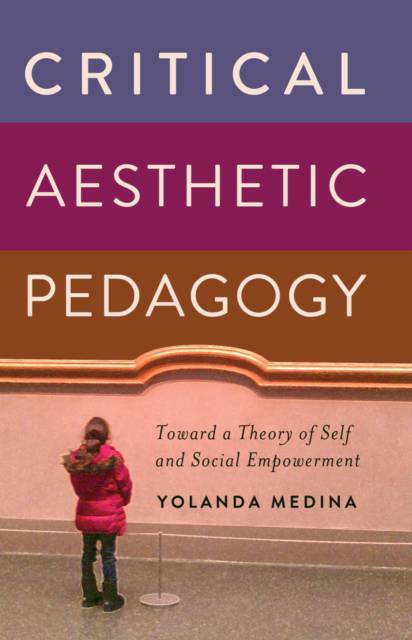
- Afhalen na 1 uur in een winkel met voorraad
- Gratis thuislevering in België vanaf € 30
- Ruim aanbod met 7 miljoen producten
- Afhalen na 1 uur in een winkel met voorraad
- Gratis thuislevering in België vanaf € 30
- Ruim aanbod met 7 miljoen producten
Zoeken
€ 293,45
+ 586 punten
Uitvoering
Omschrijving
This book has received the AESA (American Educational Studies Association) Critics Choice Award 2012.
This book introduces a progressive type of education called Critical Aesthetic Pedagogy. This pedagogy utilizes the arts to promote critical learning, and incorporates particular types of aesthetic experiences into pedagogical practices to increase students' social empowerment and commitment to social justice. The first coherent body of work that marries critical pedagogy and aesthetics, the book guides theory and practice for teacher educators interested in infusing their critical pedagogical practices with the arts. It also proposes tangible reforms in the public school system that will enable a critical aesthetic process to take root and thrive.
Critical Aesthetic Pedagogy can be used in upper-level undergraduate and graduate teacher education and art education courses. It can also help P-12 teachers and art organizations to successfully develop and carry out critical aesthetic practices at all levels. In addition, it provides a rationale for school administrators, community leaders, and educational policymakers for embracing critical aesthetic practices as a way to improve the education of all children.
This book introduces a progressive type of education called Critical Aesthetic Pedagogy. This pedagogy utilizes the arts to promote critical learning, and incorporates particular types of aesthetic experiences into pedagogical practices to increase students' social empowerment and commitment to social justice. The first coherent body of work that marries critical pedagogy and aesthetics, the book guides theory and practice for teacher educators interested in infusing their critical pedagogical practices with the arts. It also proposes tangible reforms in the public school system that will enable a critical aesthetic process to take root and thrive.
Critical Aesthetic Pedagogy can be used in upper-level undergraduate and graduate teacher education and art education courses. It can also help P-12 teachers and art organizations to successfully develop and carry out critical aesthetic practices at all levels. In addition, it provides a rationale for school administrators, community leaders, and educational policymakers for embracing critical aesthetic practices as a way to improve the education of all children.
Specificaties
Betrokkenen
- Auteur(s):
- Uitgeverij:
Inhoud
- Aantal bladzijden:
- 136
- Taal:
- Engels
- Reeks:
Eigenschappen
- Productcode (EAN):
- 9781433117367
- Verschijningsdatum:
- 25/05/2012
- Uitvoering:
- Hardcover
- Formaat:
- Genaaid
- Afmetingen:
- 152 mm x 229 mm
- Gewicht:
- 371 g

Alleen bij Standaard Boekhandel
+ 586 punten op je klantenkaart van Standaard Boekhandel
Beoordelingen
We publiceren alleen reviews die voldoen aan de voorwaarden voor reviews. Bekijk onze voorwaarden voor reviews.








